Working Out vs Training with SMART Goals
By Mitchell Schulman, Fitness & Amenity Director at The Orion
“What time are you working out today?” It’s a pretty common question, and gets asked often. Well, what qualifies as “working out”? Take a moment and consider why you might work out in the first place. More importantly, what are your fitness goals? Here are some examples: weight loss, fat loss, weight gain, (muscle) mass gain, endurance, explosiveness, or simply mobility/flexibility. You may not realize it, but you likely have at least one, if not several fitness goals. But what if your goal is simply to improve your health?
You might be more interested in working out to relieve stress, improve confidence, and to simply stay active - and there is nothing wrong with that. Any exercise program, whether it’s training (with more set guidelines and goals) vs. casually ‘working out’ or following an exercise program, is beneficial. However, in order to take your workout to the next level (in this case from working out to training), it is crucial to think about your goals.
Expanding upon the idea of fitness goals, one of the basic principles we apply are known as SMART goals. SMART is an acronym, which can be effective when you make your way to the gym and realize you remember what each letter means. That said, let’s dive right in.
The “S” stands for “specific” and relates to identifying your true goal for fitness. A goal could be to lose weight, and while that is a great goal, it’s not very specific. Attaching a metric or number to the goal makes it specific. By attaching a number of pounds to the goal, we now we have a specific goal for which we can focus our attention. This provides an easy segue to the “M”, which stands for “measurable”.
The next letter, “A”, stands for “attainable”. It is important to be pragmatic and understand whether or not the goal is realistic. “Realistic” is the “R” in the SMART acronym. We focus on creating goals that are both attainable and realistic for each one of our clients.
Lastly, we have the “T” to address. Without the “T”, your fitness regimen can continue without any sense of direction. The “T” stands for “time-bound”. We aim to attach a timeline to the goals that are set. But what is the timeline? It’s important to analyze the goal with the timeline and set an actionable plan. For example, when weight loss is the goal, the average person can usually aim to lose around 1 lb/week. So if the goal is to lose 10 pounds, it will typically take 10 weeks to lose those 10 pounds and achieve the goal. Keep in mind that the timeline can be flexible, so life events such as a vacation, wedding, or any other event looming ahead should not deter from achieving the goal. The timeline can be adjusted accordingly to accommodate for those events. (*Trainer tip: if the goal is to gain muscle, the average gain per week is .5 pounds for men and .25 pounds for women).
Simply going to the gym and “working out” can end up being a pitfall. We recommend taking time to figure out fitness goals, whether it be one or more. We advise to prepare by writing down a few long term goals and one or two short term goals. Having a consultation with a trainer can help you decide which to tackle first and ease you into a routine that is more specific to your goals. Contact hello@urbnplayground.com for a virtual fitness consultation with one of our trainers today!
